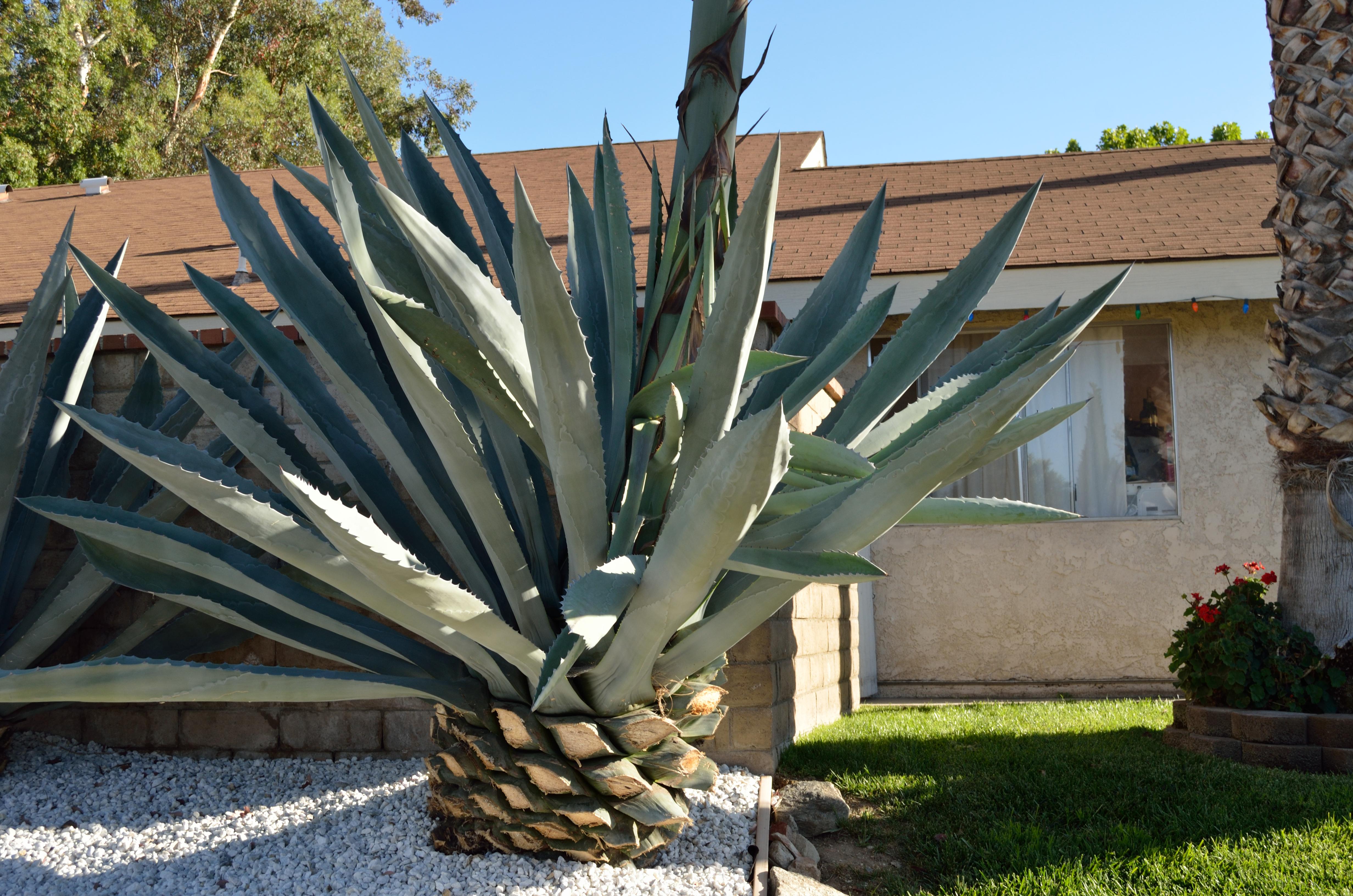

- Logging in to agave cluster with nomachine remote desktop how to#
- Logging in to agave cluster with nomachine remote desktop password#
Often the Operating System displays a more userfriendly name instead of the name of the account, but only the name of the account can be used to log-in by NoMachine.įor sake of consistency, the NoMachine UI always displays the name of the account and never shows the user friendly format. User info is stored and managed by a domain server (e.g. User info is managed by Microsoft.ģ) Domain accounts. User info is stored in the local database.Ģ) Microsoft accounts.

'Username' must be the name of a valid account.ġ) Local system accounts on the NoMachine server host. Let's see more in detail which are the possible account types, the format of their names and which of them can be effectively used to log-in, also by NoMachine.
Logging in to agave cluster with nomachine remote desktop password#
To log-in by NoMachine, insert the same username and password you use to physically log-in to that computer. By default NoMachine uses password authentication, which requires to provide 'username' and 'password' (password cannot be emtpy). I usually recommend only placing roles such as DHCP, DNC, CA on a DC.Users connecting by NoMachine to the remote computer need to provide credentials of a valid account enabled to log-in to that remote computer. Things to consider when you host Active Directory domain controllers in virtual hosting environments:Īctive Directory in Hyper-V environments, Part 1:ĭCs are critical - where as you could rebuild each of the other roles quite easily, hosting virtualised DCs will impact your DR steps. There's some information here on virtualising DCs: If a server goes down, users will need to reconnect to a server with enough capacity. Note that the RDSH role cannot be clustered, so you would use an N+1 configuration. Here's a excellent white paper on hosting the RD role on Hyper-V (plus others): I would consider your capacity requirements before settling on 9 as the number of servers to host the RDSH role.

Recommended bandwidth for LAN of 30 users and WAN of 20 users.2 Dual Core CPU perform better then single Quad core processor.If you have 4 GB RAM then for optimum performance there should be Dual core CPU. 2GB Memory (RAM) is the optimum limit for each core of a CPU.Here are some bullet points which I recommend to my partners and customers to consider: These articles are also worth reading: and RD Web Access (can be hosted with the Connection Broker)įor user data, read the Managing Roaming User Data Deployment Guide: (WS.10).aspx.RD Connection Broker (can be hosted with RD Web Access).RD Licensing (can be on other servers including DCs).RD Session Host (dedicated role, treat this role just like you would a desktop).The roles you will need to deploy should be:
Logging in to agave cluster with nomachine remote desktop how to#
Including how to install the RD Session Host role (the bit that actually hosts user sessions and applications): There's plenty more RDS step-by-step guide here: This can be beneficial to other community members reading the thread. Please remember to click “Mark as Answer” on the post that helps you, and to click “Unmark as Answer” if a marked post does not actually answer your question. This posting is provided "AS IS" with no warranties, and confers no rights. As the topic is more related to RDS, I’ve moved the thread to Remote Desktop Service forum so that you can get more suggestion from the experts there. I recommend that you install the same applications on all RDS servers in the farm and use roaming profile (and folder redirection). I might still need help working out how to direct users to their profiles and shared data please. You can refer to this guide for RD Connection Broker high availability:ĭeploying Remote Desktop Connection Broker with High Availability Step-by-Step Guide Or better still, not cluster the RDS servers, but cluster RD Connection Broker on the 3 DCs to connect to the 6 RDS servers in the Farm?


 0 kommentar(er)
0 kommentar(er)
